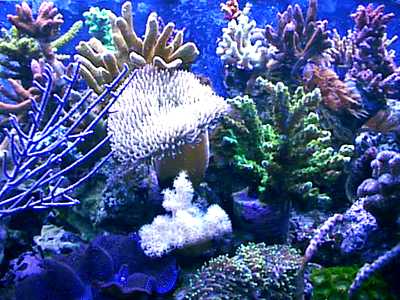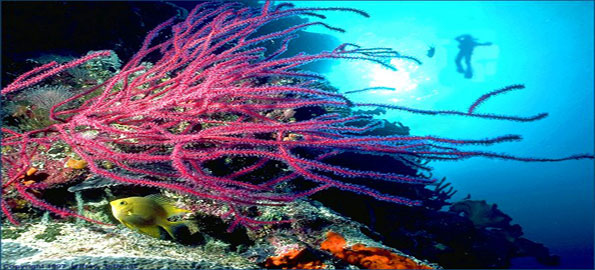In the first week of every month, we will be doing an ‘events blog’ so you all can know what is happening in the Seychelles. Here are the events for the month of June 2013:
Event:
Cultural Bazars
Date:
Throughout June 2013
Location:
Various locations throughout Mahe
Organizer:
District Administrator (Tel: +248 2 78 34 13)
About the event:
A unique cultural and shopping experience where you can meet the Seychellois people, enjoy Creole music, and have a taste of the island style way of life.
Bazar Labrinn is a legendary bazar specializing in fruit, vegetables, and other local delicacies. This is also a great place to pick up souvenirs and sample traditional foods and drink, all the while enjoying an authentic Seychellois ambience.
Bazar Ovan Taking place in the southern part of Mahe, this bazar offers a great opportunity for both visitors and locals alike to experience a true celebration of the vibrant Creole culture, all set to the backdrop of Seychellois Creole music.
Victoria Bazar provides an ambience true to the Seychellois Creole lifestyle, where anything from arts and crafts to exotic culinary delicacies and beverages can be purchased. And of course it wouldn’t be complete without local musicians providing the soundtrack!
Event:
National Expo 2013
Date:
16 – 18 June 2013
Location:
Sports Complex, Roche Caiman, Mahe
Organizer:
Mr. Michel Vielle (Tel: +248 2 56 39 93 / 2 81 10 80)
About the event:
Celebrating the 20th anniversary of Seychelles National Day, the National expo will showcase the major economic activities which shape the island nation, with a focus on the process of national development.
Whilst enjoying impressive cultural and sporting experiences, members of the public will have access to a full spectrum of local goods and services provided by various private and public businesses and organizations, which are all committed to the future of Seychelles.
Activities will include:
• Agricultural and Horticultural – A scaled-down version of the annual show with a focus on the sale of agricultural and horticultural products
• Tourism – Exhibits from all sectors of the industry including hotel associations, individual hotels, DMC’s, airlines, SCAA, charter operators, car hires and others
• Commerce – Importers and traders as well as large and small local manufacturers
• Bazar Victoria – A combination of the best elements of local Bazar Victoria and Bazar Labrin
• Cultural manifestation – Groups of performing artists both local and international providing music, dancing and other forms of cultural activities
• Sports – Different sporting activities will be organized which will include the participation of foreign teams with World Cup matches screened on big screen at the venue
• Food court – Local as well as international cuisine will be available
• Leisure Activities – There will be different activities for all visitors, e.g. boat rides, helicopter rides, glass bottom boat, games and fun for children. There will also be a child-minding service.
In addition to these events, Seychelles Yacht Charter is hosting a ‘beach clean up’ day on the 8th of June, in conjunction with World Oceans Day. However, we will provide more information on that in a separate blog!
Contact us at www.seychellesyachtcharter.com












Seychelles-Tourism-Board?$615x346$)

